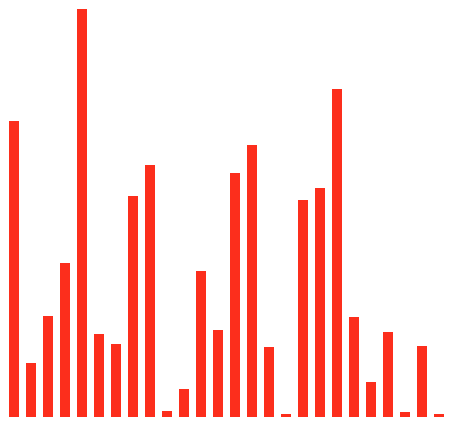

The state property can be used to set a stateful value for the new location which is stored inside history state. The replace property can be used if you'd like to replace the current entry in the history stack via history.replaceState instead of the default usage of history.pushState. You wouldn't want the scroll position to jump up to the top because it might scroll the toggled content out of the viewport! ┌─────────────────────────┐ This does not prevent the scroll position from being restored when the user comes back to the location with the back/forward buttons, it just prevents the reset when the user clicks the link.Īn example when you might want this behavior is a list of tabs that manipulate the url search params that aren't at the top of the page. You can opt into this behavior with relative="path": Occasionally, you may find that you have matching URL patterns that do not make sense to be nested, and you'd prefer to use relative path routing. relativeīy default, links are relative to the route hierarchy ( relative="route"), so. differently when the current URL ends with / vs when it does not. ignores the trailing slash, and removes one URL segment for each.

Now, we've successfully installed our router, let's start using it in the next section.
#React router dom docs install
To install it, you will have to run the following command in your terminal: yarn add react-router-dom. behaves differently from a normal when the current URL ends with /. And to enable it in our project, we need to add a library named react-router. works exactly like the command-line cd function each. to link to routes further up the hierarchy. Import from " react-router-dom" Ī relative value (that does not begin with /) resolves relative to the parent route, which means that it builds upon the URL path that was matched by the route that rendered that.


 0 kommentar(er)
0 kommentar(er)
